 This book shall probably forever hold the Personal Record in my life for the longest time between re-reads at 33 years. I read this book as a freshman in high school and didn’t remember that much from it except the basic outline of a servant woman working and falling for a rich man with a crazy wife in the attic. Uh, spoiler alert.
This book shall probably forever hold the Personal Record in my life for the longest time between re-reads at 33 years. I read this book as a freshman in high school and didn’t remember that much from it except the basic outline of a servant woman working and falling for a rich man with a crazy wife in the attic. Uh, spoiler alert.
So not long after I read The Count of Monte Cristo, I spotted this book on my shelf and decided to pick it up since it was a classic and shorter than the aforementioned The Count of Monte Cristo. Still, it took me two weeks to read the book, partially because my evenings have been pretty active in those two weeks with watching playoff hockey and the less occasional movie.
On re-read, I recognize and appreciate the three part structure of the book. The first part is Jane’s unhappy youth at her aunt’s place and the charity school she attends; the second her life as the governess at the said home with a said lunatic; and the third is her life after she’s fled from Mr. Rochester after discovering his secret at the altar when she was going to marry him.
You’ve got a bunch of hints that Jane has some wealth coming (she does), a little bit of resolution with her family line (her mother was from a moneyed family that disinherited her when she married a poor clergyman, and the moneyed family lost the money in a bad speculation), and whatnot. It’s one of those tangly Gothic romances, you know.
It does, however, offer a bunch of topics for school papers, though. You can explore Jane Eyre’s personality: Is she really strong? She yields a lot to circumstances and strong male figures. Is her endurance a strength? Is it weakness? One could talk about the proper ways women relate to men: Should they yield as Jane does? You could talk about the roles of class. You could write about how Jane can only really be with Rochester when he is humbled. I’m sure many could.
Me, I’m thinking that this book warped me at a young age as to how imperious and haughty one can be and still get the chicks. It didn’t work for me throughout school. But I eventually got a babe, so maybe not too much.
So it was interesting to read, shorter than The Count of Monte Cristo, and it makes me feel worthy of my English degree to have returned to it.
But I don’t think I’ll read it in another 33 years when I’m eighty. I’ll not be that far into the to-read shelves by then.
Wait a minute, Brian J., are you saying that you’ve re-read Me and My Little Brain as an adult? Well, gentle reader, I didn’t think you were paying attention. So this re-read of Jane Eyre is probably not my personal record, but I can pinpoint the time when I read it to give it an absolute number, so I went with it. Me and My Little Brain probably went almost forty years between readings. EVERYTHING YOU READ ON THIS SITE IS A LIE! Except the part about my beautiful wife being beautiful.



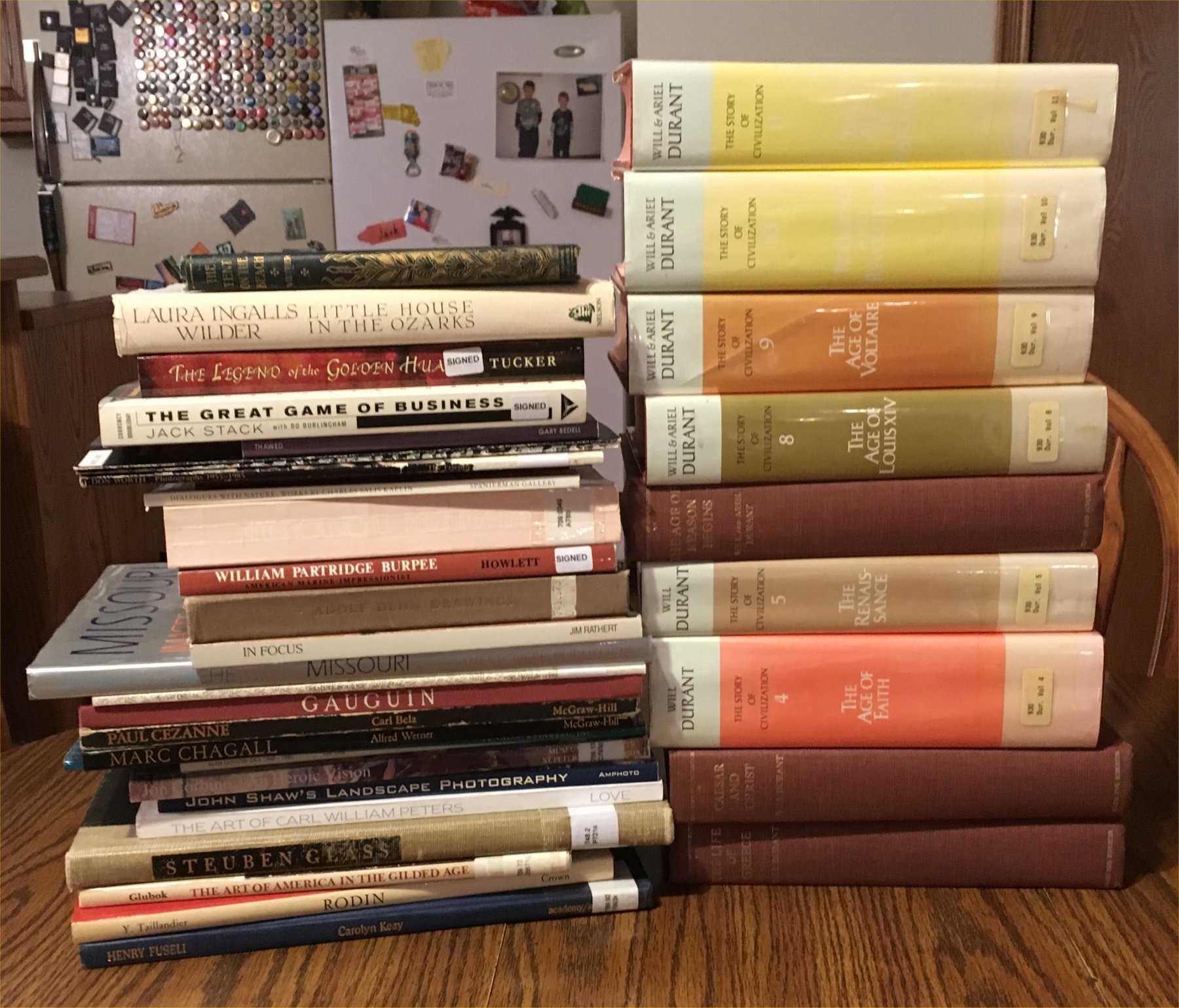
 To what do I turn after completing
To what do I turn after completing  Donald Margulies is my favorite modern playwright. I really enjoyed
Donald Margulies is my favorite modern playwright. I really enjoyed 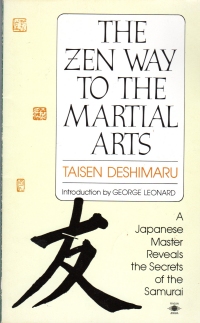 I bought this book
I bought this book 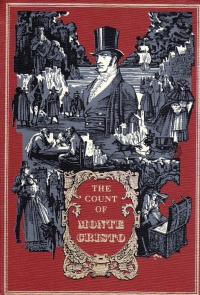 Well, I finally finished this book.
Well, I finally finished this book. I think my beautiful wife gave me this book right after I read
I think my beautiful wife gave me this book right after I read 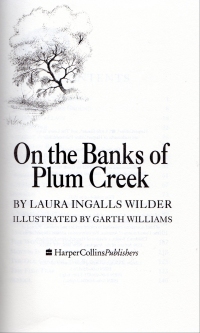 When we last left the Ingalls family (
When we last left the Ingalls family ( It took me two tries to make it through this book, a single full evening play that says it’s in three acts on the cover but is actually five acts. That’s not why it took me two attempts, though.
It took me two tries to make it through this book, a single full evening play that says it’s in three acts on the cover but is actually five acts. That’s not why it took me two attempts, though. I bought this book by a local author at ABC Books, but not while the author was in evidence. ABC Books has quite a good selection of books by local authors (present company excepted), and, as you know, I try to support both ABC Books and local authors whenever possible. And sometimes I read the books.
I bought this book by a local author at ABC Books, but not while the author was in evidence. ABC Books has quite a good selection of books by local authors (present company excepted), and, as you know, I try to support both ABC Books and local authors whenever possible. And sometimes I read the books.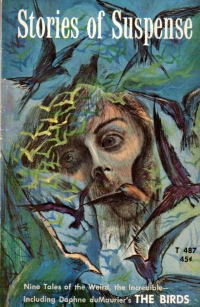 I chose this book because
I chose this book because 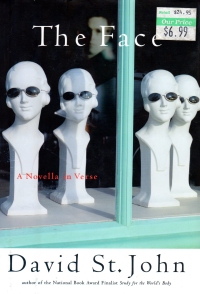 This book calls itself “A Novella In Verse”, but although it’s kind of pitched as a series of poems, they are not as related as one would think. The publication history indicates that many of the 45 poems within appeared in numerous poetry journals independently, and one appeared in an anthology of poems about September 11, 2001. So they’re more related thematically than perhaps intentionally built to convey a single story.
This book calls itself “A Novella In Verse”, but although it’s kind of pitched as a series of poems, they are not as related as one would think. The publication history indicates that many of the 45 poems within appeared in numerous poetry journals independently, and one appeared in an anthology of poems about September 11, 2001. So they’re more related thematically than perhaps intentionally built to convey a single story.

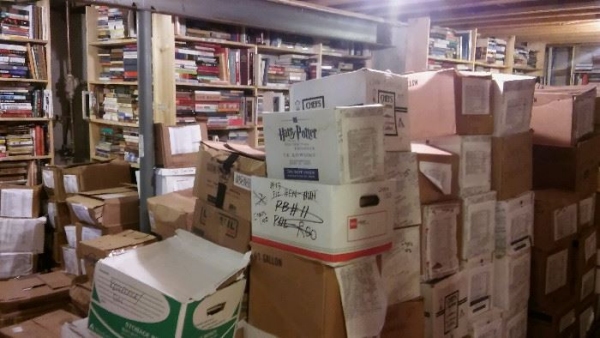
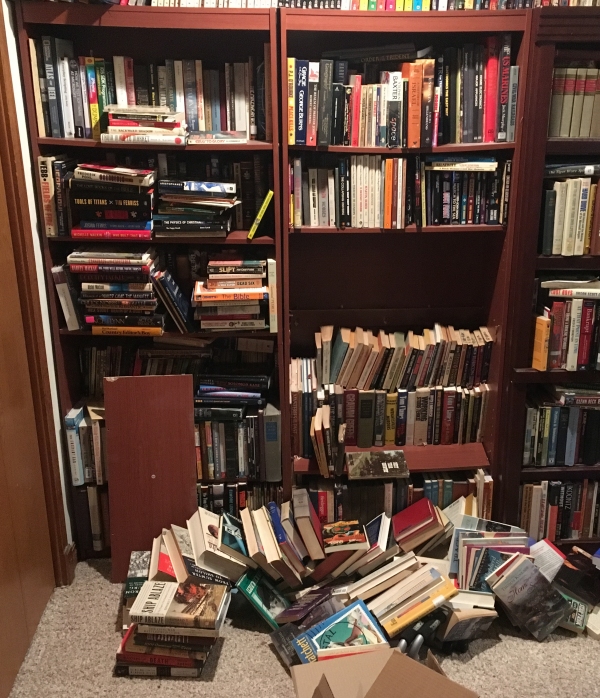
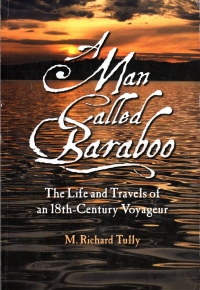 When I bought this book
When I bought this book  It’s the strangest thing: I could have sworn that I just read the first collection of Sherlock Holmes stories, The Adventures of Sherlock Holmes, recently. But a quick search of this blog and the spreadsheet I use to track my accumulated reading since 2009 indicates I have not apparently read that collection in the last sixteen years. I even looked at my recently read bookshelves to see if I had missed it in my electronic tracking, and I had not. My book database software indicates that I have two (!) editions of the first collection, including one by Reader’s Digest that I remember so clearly.
It’s the strangest thing: I could have sworn that I just read the first collection of Sherlock Holmes stories, The Adventures of Sherlock Holmes, recently. But a quick search of this blog and the spreadsheet I use to track my accumulated reading since 2009 indicates I have not apparently read that collection in the last sixteen years. I even looked at my recently read bookshelves to see if I had missed it in my electronic tracking, and I had not. My book database software indicates that I have two (!) editions of the first collection, including one by Reader’s Digest that I remember so clearly.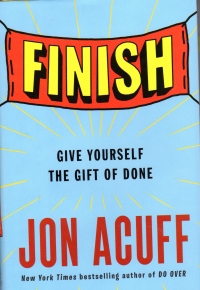 My beautiful wife eats self-help, goal-setting, accomplishment-preceding books like this up. Me, I tend to prefer my self-help books to be written by philosophers and Buddhists rather than itinerant life coaches. I mean, when you go to the local weekly entrepreneur’s event, it’s chock full of these peppy people who want to build business empires on the weight of their optimistic messages. And yet, as I have bookshelves chock full of unread books about everything except chemistry, apparently, I have many titles like this lingering about, so I might as well read one from time to time.
My beautiful wife eats self-help, goal-setting, accomplishment-preceding books like this up. Me, I tend to prefer my self-help books to be written by philosophers and Buddhists rather than itinerant life coaches. I mean, when you go to the local weekly entrepreneur’s event, it’s chock full of these peppy people who want to build business empires on the weight of their optimistic messages. And yet, as I have bookshelves chock full of unread books about everything except chemistry, apparently, I have many titles like this lingering about, so I might as well read one from time to time.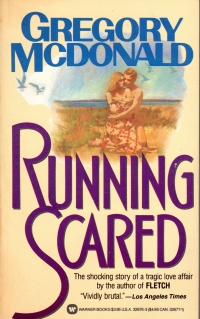 This book, the cover informs you, is by the author of Fletch. And it shares the title with the Billy Crystal/Gregory Hines film from the middle 1980s. However, this book is not the source for the film. It’s from 1964 and is Mcdonald’s first book; it would be about ten years until Mcdonald started the series that would make him known and about twenty years until the movie Fletch, based on that series, led someone to print his first novel with a tout that this is the guy who wrote Fletch (the book).
This book, the cover informs you, is by the author of Fletch. And it shares the title with the Billy Crystal/Gregory Hines film from the middle 1980s. However, this book is not the source for the film. It’s from 1964 and is Mcdonald’s first book; it would be about ten years until Mcdonald started the series that would make him known and about twenty years until the movie Fletch, based on that series, led someone to print his first novel with a tout that this is the guy who wrote Fletch (the book).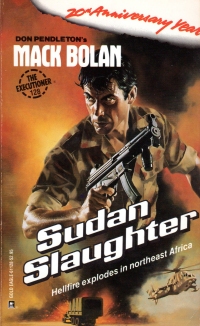 Well, this book reverts to the mean of Bolan book quality after
Well, this book reverts to the mean of Bolan book quality after